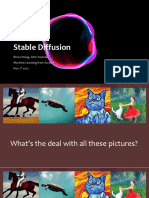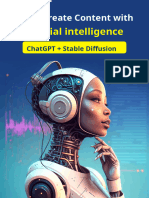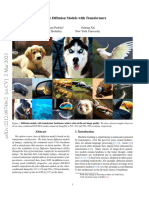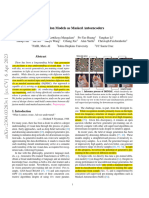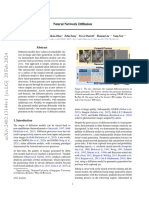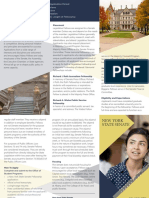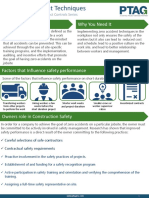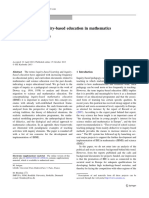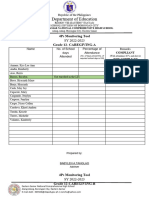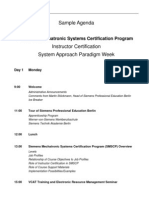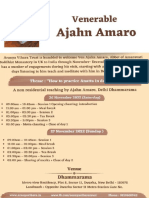0% found this document useful (0 votes)
20 views9 pagesAI Diffuser Models Revolutionizing Image Generation
Diffusion models are advanced AI algorithms that generate high-quality images by reversing the process of noise addition. The global AI image generation market is projected to reach $49.1 billion by 2030, with applications in text-to-image generation, image translation, and more. These models offer advantages such as high-quality outputs, stable training, and flexible conditioning, with ongoing research aimed at expanding their capabilities.
Uploaded by
sagarmayank29Copyright
© © All Rights Reserved
We take content rights seriously. If you suspect this is your content, claim it here.
Available Formats
Download as PDF, TXT or read online on Scribd
0% found this document useful (0 votes)
20 views9 pagesAI Diffuser Models Revolutionizing Image Generation
Diffusion models are advanced AI algorithms that generate high-quality images by reversing the process of noise addition. The global AI image generation market is projected to reach $49.1 billion by 2030, with applications in text-to-image generation, image translation, and more. These models offer advantages such as high-quality outputs, stable training, and flexible conditioning, with ongoing research aimed at expanding their capabilities.
Uploaded by
sagarmayank29Copyright
© © All Rights Reserved
We take content rights seriously. If you suspect this is your content, claim it here.
Available Formats
Download as PDF, TXT or read online on Scribd
/ 9




















